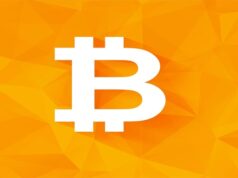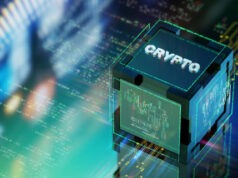
Uniswap has gained significant attention as a decentralized exchange on the Ethereum blockchain, offering users a unique way to trade tokens and provide liquidity. In this article, we will discuss the pros, cons, and security risks of using Uniswap. You must also visit https://altrix-edge.org/ while investing or trading in top crypto assets. Believe me, it’s built to make a difference!
Pros of Using Uniswap
Uniswap operates on a decentralized model, meaning it does not rely on intermediaries such as banks or brokers. This decentralized nature ensures that transactions on Uniswap are trustless, as they are executed through smart contracts on the Ethereum blockchain.
One of the significant advantages of Uniswap is its ability to provide liquidity to users. Uniswap utilizes an automated market-making mechanism, which allows users to trade tokens directly from their wallets without the need for traditional order books. This mechanism ensures continuous liquidity and reduces the impact of large orders on market prices, resulting in enhanced market efficiency and reduced slippage.
Uniswap offers easy access to decentralized trading for both experienced cryptocurrency enthusiasts and newcomers to the space. It provides a user-friendly interface that allows users to swap tokens with just a few clicks. Additionally, Uniswap can be accessed through web and mobile interfaces, making it convenient for users to trade anytime and anywhere. Furthermore, Uniswap does not require users to complete traditional know-your-customer (KYC) processes, allowing for a more seamless and privacy-focused experience.
By highlighting the pros of using Uniswap, this section provides valuable information to readers interested in decentralized exchanges. The paragraph format allows for a more engaging and readable article, optimizing it for blog purposes.
Cons of Using Uniswap
One of the major drawbacks of using Uniswap is the high gas fees associated with transactions on the Ethereum network. Gas fees are the costs incurred for executing operations on the blockchain, and they can vary greatly depending on network congestion and the complexity of the transaction. During times of high demand, gas fees can become prohibitively expensive, especially for smaller trades.
Uniswap’s automated market-making mechanism involves users providing liquidity to various token pairs. However, this comes with the risk of impermanent loss. Impermanent loss occurs when the value of tokens held in liquidity pools diverges from the value of those tokens held individually. If the prices of the tokens in a liquidity pool change significantly, liquidity providers may experience a loss when they withdraw their funds.
Although Uniswap supports a wide range of tokens, there is still a limitation on the selection compared to centralized exchanges. New tokens need to be added to Uniswap through community-driven efforts, and not all tokens are available on the platform. This can create challenges for users looking to trade less popular or newly launched tokens. Therefore, users must conduct thorough research to ensure that the tokens they wish to trade are available on Uniswap before making investment decisions.
By presenting the cons of using Uniswap in paragraph form, readers can gain a comprehensive understanding of the potential drawbacks and risks associated with the platform. The paragraph format allows for a more detailed explanation, enhancing the article’s readability and SEO optimization for blog purposes.
Security and Risks
As Uniswap operates on the Ethereum blockchain, it is susceptible to smart contract risks. Smart contracts are self-executing contracts with the terms of the agreement directly written into code. However, if there are vulnerabilities or bugs in the smart contract code, it can be exploited by malicious actors, potentially leading to the loss of funds. It is crucial for users to understand the risks associated with smart contracts and ensure that they are audited and reviewed by reputable third-party firms to minimize the chances of encountering security issues.
Due to the open nature of Uniswap, there is a risk of encountering scams and fake tokens. Unscrupulous actors may create fraudulent projects or tokens with the intent of deceiving users and stealing their funds. It is important for users to exercise caution and conduct thorough research before engaging in any transactions or investments on Uniswap.
To mitigate security risks on Uniswap, users should follow best practices for securing their funds. This includes using hardware wallets or secure software wallets to store their tokens and ensuring that their private keys are kept offline and securely backed up. Additionally, users should be cautious of phishing attempts and only interact with the official Uniswap platform or trusted interfaces.
Conclusion
In conclusion, Uniswap presents a range of pros and cons that users should carefully evaluate. On the positive side, its decentralized and trustless nature offers a new paradigm for conducting transactions without intermediaries. The liquidity and market efficiency provided by Uniswap’s automated market-making mechanism have revolutionized decentralized exchanges. Additionally, Uniswap’s accessibility and user-friendliness make it a convenient choice.


































